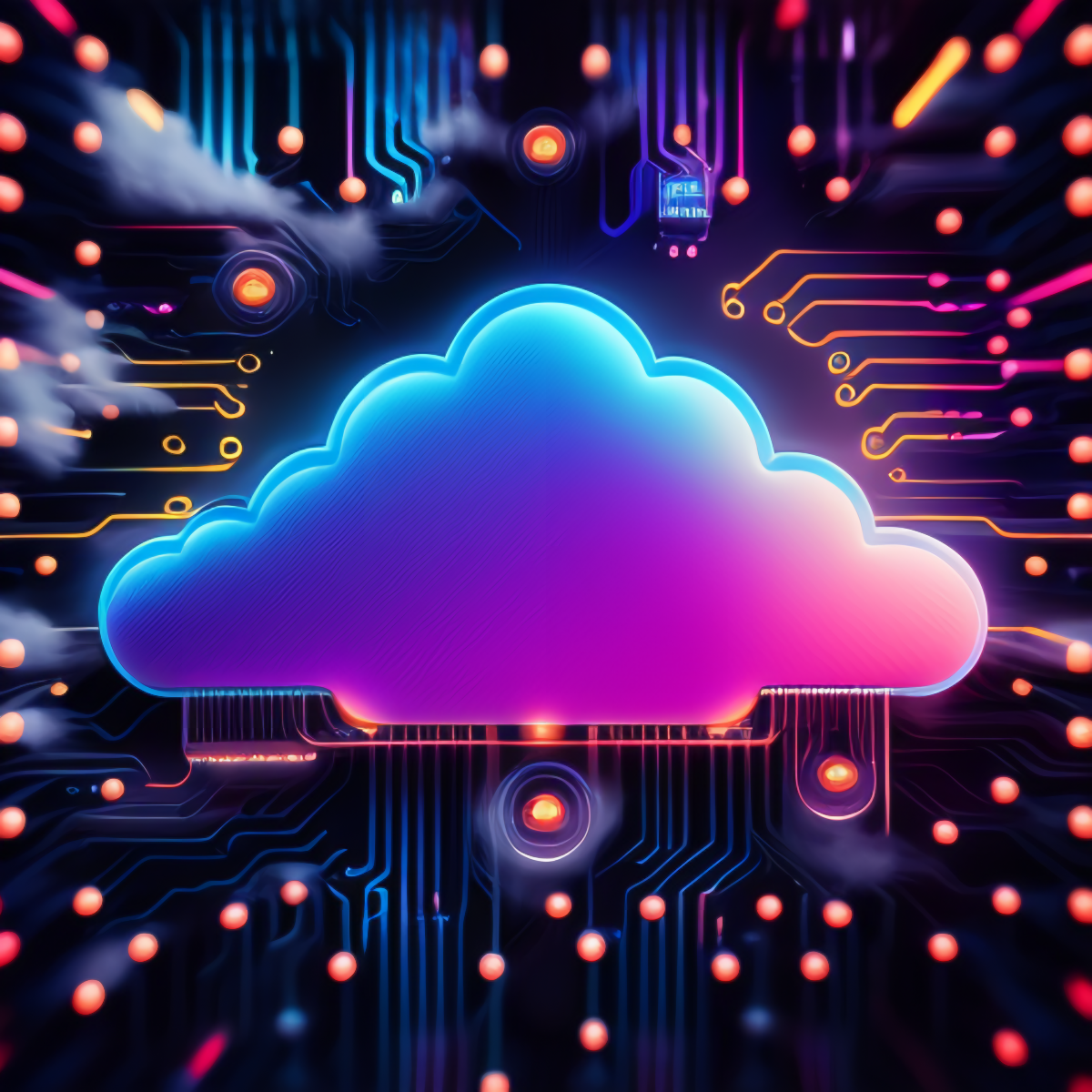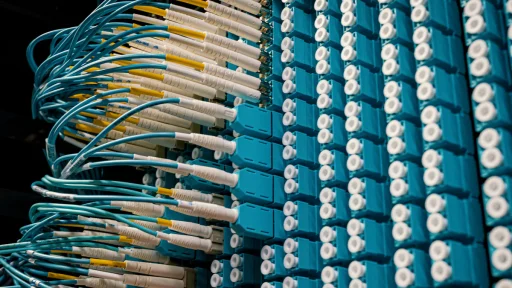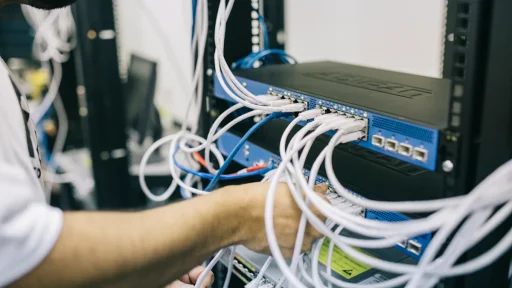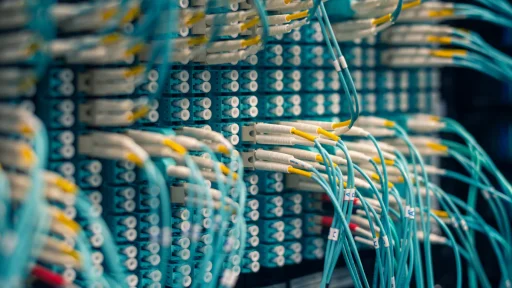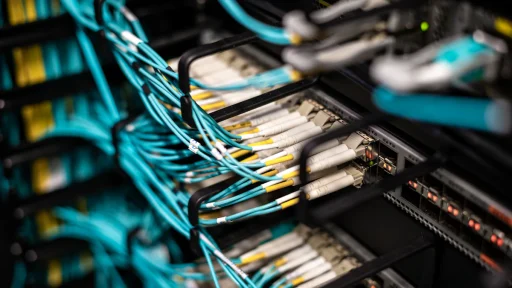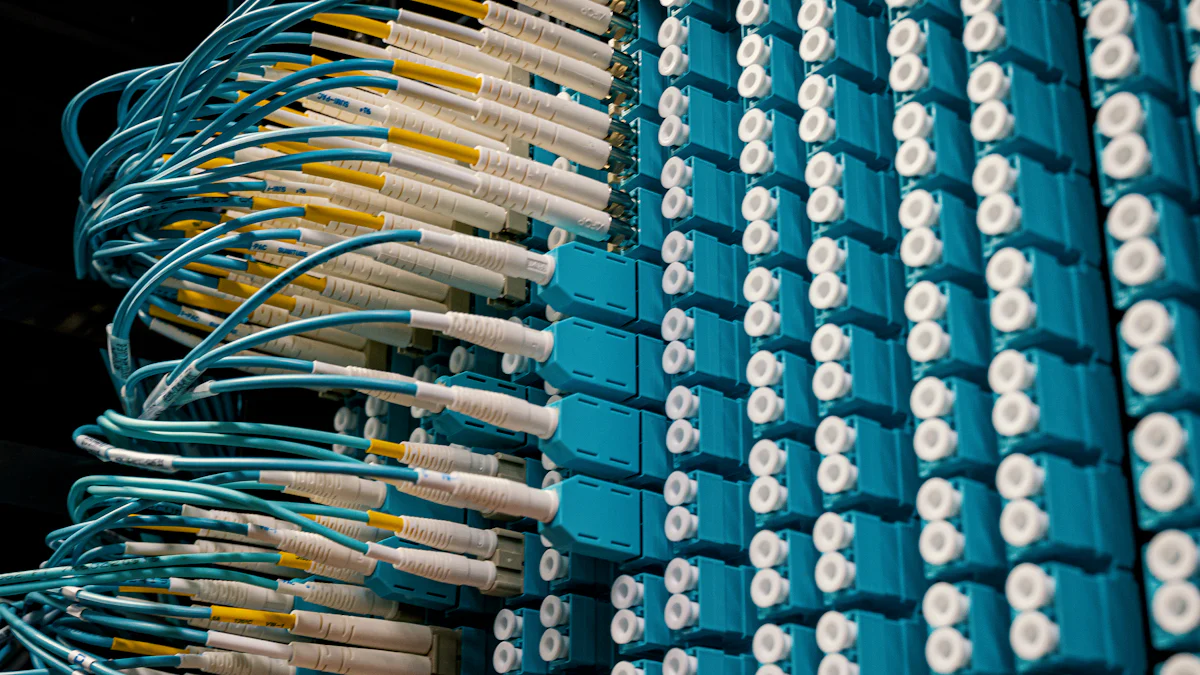

Virtual Data Room (VDR) technology revolutionizes secure data management. You gain robust protection for sensitive information through advanced security features. VDRs offer encryption, user authentication, and compliance with industry standards like ISO 27001 and GDPR. These features ensure your data remains safe from breaches. Additionally, VDR technology enhances efficiency by streamlining document organization and access control. You can manage and share documents seamlessly, boosting collaboration and productivity. The cost-effectiveness of VDRs also eliminates high expenses associated with traditional data storage and management methods, making them an ideal choice for modern businesses.
Enhanced Security Features


Virtual Data Room (VDR) technology offers a range of enhanced security features that protect your sensitive data. These features ensure that your information remains confidential and secure from unauthorized access.
Encryption
Importance of data encryption in VDRs
Encryption plays a crucial role in VDR technology. It transforms your data into a secure format, making it unreadable to anyone without the proper decryption key. This process prevents unauthorized access and ensures that your sensitive information remains confidential. By encrypting data both in transit and at rest, VDRs provide a robust layer of security that protects against potential breaches.
Types of encryption used in VDRs
VDR technology employs various types of encryption to safeguard your data. Common encryption protocols include Advanced Encryption Standard (AES) and Secure Sockets Layer (SSL). AES is widely recognized for its strength and reliability, while SSL ensures secure communication over the internet. These encryption methods work together to provide comprehensive protection for your documents.
User Authentication
Multi-factor authentication
User authentication is another critical aspect of VDR technology. Multi-factor authentication (MFA) adds an extra layer of security by requiring you to provide multiple forms of identification before accessing the data room. This could include something you know (a password), something you have (a smartphone), or something you are (a fingerprint). MFA significantly reduces the risk of unauthorized access, ensuring that only authorized users can view your sensitive information.
Role-based access control
Role-based access control (RBAC) is a feature of VDR technology that allows you to assign specific permissions to different users based on their roles within your organization. By defining who can access, edit, or share documents, RBAC ensures that sensitive information is only available to those who need it. This targeted approach to access control enhances security and minimizes the risk of data leaks.
Compliance
Industry standards and regulations
Compliance with industry standards and regulations is essential for any organization handling sensitive data. VDR technology helps you meet these requirements by adhering to established security protocols. Standards such as ISO 27001 and regulations like GDPR set the benchmark for data protection, ensuring that your VDR provider maintains the highest level of security.
How VDRs ensure compliance
VDR technology ensures compliance by implementing security measures that align with industry standards. These measures include encryption, user authentication, and access control. By providing a secure platform for managing and sharing documents, VDRs help you maintain compliance with data protection regulations. This not only protects your organization from potential legal issues but also builds trust with your clients and partners.
Efficient Data Management


Efficient data management is a cornerstone of VDR technology, offering you streamlined processes for handling documents and enhancing collaboration.
Document Organization
Structuring and indexing documents
VDR technology allows you to structure and index documents systematically. This feature ensures that you can easily categorize and organize files, making it simple to locate specific documents when needed. Unlike traditional methods, where you might spend hours sifting through physical files, VDRs provide a digital solution that saves time and reduces frustration.
Search and retrieval features
The search and retrieval features in VDRs are designed to enhance your efficiency. You can quickly find documents using keywords or filters, which eliminates the need for manual searching. This capability not only speeds up your workflow but also ensures that you have immediate access to critical information, facilitating faster decision-making.
Access Control
Permission settings
With VDR technology, you have the power to set permissions for each user. This means you can control who views, edits, or shares documents, ensuring that sensitive information remains secure. By assigning specific access rights, you maintain the integrity of your data and prevent unauthorized access.
Audit trails and monitoring
Audit trails and monitoring features provide you with a comprehensive overview of document interactions. You can track who accessed what and when, offering transparency and accountability. This level of oversight helps you identify any unusual activity and ensures compliance with security protocols.
Collaboration Tools
Real-time collaboration features
VDR technology facilitates real-time collaboration, allowing you and your team to work together seamlessly. You can edit documents simultaneously, share feedback instantly, and keep everyone on the same page. This collaborative environment enhances productivity and ensures that projects progress smoothly.
Secure sharing and communication
Secure sharing and communication are vital components of VDRs. You can share documents with external parties without compromising security. The platform encrypts communications, ensuring that your data remains confidential. This feature is particularly beneficial for complex business transactions, where secure and efficient document sharing is crucial.
Cost and Time Efficiency
VDR technology offers significant cost and time efficiencies, making it an attractive option for modern businesses.
Savings Over Traditional Methods
Reduction in physical storage costs
You can save a substantial amount of money by using VDR technology. Traditional data storage methods often require physical space, which incurs costs for maintenance and security. By transitioning to a virtual data room, you eliminate the need for physical storage, reducing these expenses by up to 30%. This shift not only saves money but also frees up valuable office space for other uses.
Time savings in document handling
Handling documents becomes much more efficient with VDR technology. You no longer need to spend hours searching through physical files or waiting for documents to be delivered. VDRs allow you to access and manage documents instantly, cutting down the time spent on essential business processes by up to 40%. This efficiency enables you to focus on more critical tasks, enhancing overall productivity.
Streamlined Processes
Automation of routine tasks
VDR technology automates many routine tasks, further streamlining your workflow. Tasks such as document indexing, permission settings, and audit trails are handled automatically, reducing the need for manual intervention. This automation not only saves time but also minimizes the risk of human error, ensuring that your data management processes are both efficient and accurate.
Faster decision-making processes
With VDR technology, you can make decisions faster. The platform provides immediate access to critical information, allowing you to analyze data and collaborate with team members in real-time. This quick access to information facilitates faster decision-making processes, enabling your business to respond swiftly to opportunities and challenges. By reducing delays, VDRs help you maintain a competitive edge in the market.
How to Choose the Right VDR
Selecting the right Virtual Data Room (VDR) is crucial for ensuring the security and efficiency of your data management processes. Here are some key factors to consider:
Security Certifications
Importance of certifications
Security certifications play a vital role in verifying the reliability of a VDR provider. They demonstrate that the provider adheres to stringent security protocols and industry standards. When you choose a VDR with recognized certifications, you can trust that your sensitive data will remain protected from unauthorized access and potential breaches.
Common certifications to look for
When evaluating VDR options, look for certifications such as ISO 27001, SOC 2, and SSAE 16. These certifications indicate that the VDR provider has implemented robust security measures, including encryption, multi-factor authentication, and access controls. By selecting a VDR with these certifications, you ensure that your data management practices comply with industry standards and regulations.
User Accessibility
User-friendly interface
A user-friendly interface is essential for maximizing the efficiency of your VDR. It allows you to navigate the platform easily, manage documents, and collaborate with team members without unnecessary complications. When choosing a VDR, prioritize those with intuitive interfaces that simplify your workflow and enhance productivity.
Mobile access and compatibility
In today’s fast-paced business environment, mobile access is a must-have feature for any VDR. Ensure that the VDR you select offers compatibility with mobile devices, allowing you to access and manage documents on the go. This flexibility ensures that you can stay connected and make informed decisions, regardless of your location.
Customer Support
Availability of support services
Reliable customer support is crucial when using a VDR. You may encounter technical issues or require assistance with specific features. Choose a VDR provider that offers comprehensive support services, including 24/7 availability, to ensure that you receive timely help whenever needed.
Quality of customer service
The quality of customer service can significantly impact your experience with a VDR. Look for providers with a reputation for excellent customer service, as this indicates their commitment to addressing your needs and resolving any issues promptly. High-quality support ensures that you can focus on your core business activities without disruptions.
Virtual Data Room (VDR) technology offers numerous benefits for secure data management. You gain a secure, centralized platform for sharing sensitive data, ensuring protection from unauthorized access. VDRs enhance document security with robust features like encryption and multi-factor authentication. They also ensure compliance with data privacy regulations, fostering user trust. By replacing physical data rooms, VDRs facilitate decision-making, collaboration, and cost savings. Consider integrating VDRs into your data management strategy. Explore various VDR options to find the best fit for your needs and enhance your organization’s data security and efficiency.
